This is Claremont
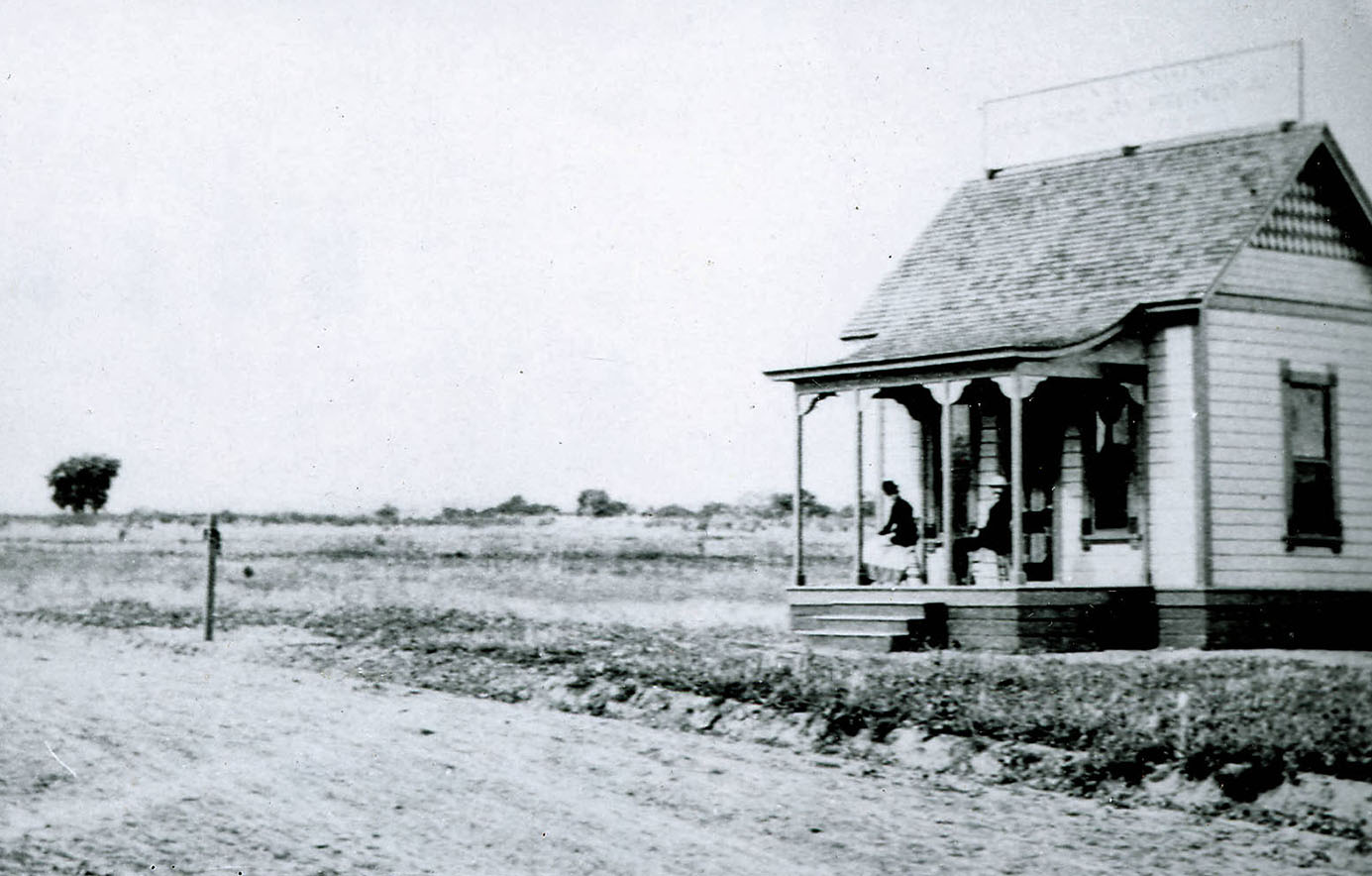
By John Neiuber | Special to the Courier
First installment in an occasional series
“This is Claremont” is the title of a book published in 1941 to commemorate the fiftieth anniversary of the then Claremont Congregational Church. It was edited by Harold H. Davis and was contributed to by forty-seven Claremont citizens.
While the book contains eleven chapters, just one is dedicated to the history of the church, the remaining chapters are about the history of the colleges and the town. In the book’s preface, Davis explains, “In a community such as this, the story of the church cannot be separated from that of the colleges or the town, for the same men and women who founded the church labored to foster the colleges and build the town. They were therefore linked by triple ties of fellowship.”
Abraham Lincoln said, “The best way to predict your future is to create it.” The early settlers set out to do just that, create a future based on a strong sense of community, that to this day remains strong. The title of the book, “This is Claremont,” was chosen because that was the phrase that was used to explain why the town and people did certain things differently than other locales.
When newcomers wondered out loud why something they were proposing needed to be vetted at a town meeting, they were simply told, “This is Claremont.” When a resident, who came from Oregon, aghast at the lack of hats except when it rained, or that women did not wear gloves, asked the reason, the answer was, “This is Claremont.” School and college classes were held on Saturday, resulting in all public entertainment activities taking place on Saturday night, which in turn meant church services were later in the morning Sunday. When asked why, the explanation was, “This is Claremont.”
Politically, culturally, and educationally, the phrase, “This is Claremont,” is today still uttered and used to explain how things are done. Whether it is trees, ordinances, school schedules, or community events, Claremont has a tradition of community input and involvement. It is how things are done around here. I overheard a conversation between a couple of community leaders and one said that it took so long to get things done, while the other said that it actually took time to get things done right. “This is Claremont.”
The first chapter is “In the Beginning.” Often, we think of the beginning of Claremont as the railroad and then the citrus industry and colleges. However, the beginning of the town was the citrus industry. The citrus ranches were here first in what was called the back country at the time. They were located mostly north of what is now Base Line Road. It was the citrus industry all along the foothills that worked to bring the Santa Fe railroad to the northern route, while seeking a way to get their produce to eastern markets.
The “Pomona Progress” of March 10, 1887, reported, “Claremont springs into existence with a fine ‘back country’ already thickly settled with an intelligent set of thrifty fruit-growers who are pleased to have a shipping point on a transcontinental railroad at their very doors.”
Early on some thirty townsites were laid out along the nearly sixty-mile route between Los Angeles and San Bernardino. The new railroad capitalized on the optimism of the marketing of these townsites, real or imagined. And, for five or ten dollars, offered transportation from Chicago or Kansas City, for all who were in search of what seemed to be quick and large financial gain. Unlike the climate of the east or middle-west, California seemed like a paradise.
The citrus industry had proven that irrigation of the land, heretofore considered only fit for grazing, created productivity. Special trains operated, loaded with newcomers headed to the various towns along the route. Sales agents regaled the visitors with tales of the glories of the cities that were quickly to rise. After the pitch, lots were auctioned off with a payment to seal the deal.
Again, according to the “Pomona Progress” of March 10, 1887, “Claremont is the name of the new town on the San Bernardino and Los Angeles Railroad. The townsite is beautifully located on a mesa, some 1,200 feet above the level of the sea, and at present is covered with a vast grove of sycamores. It embraces 365 acres purchased by the Pacific Land Improvement Co. from the Pomona Land and Water Co., including 65 acres purchased direct from H.A. Palmer.”
Henry Austin Palmer, a principal in the Pacific Land Improvement Company, and the first President of Pomona College, is considered to be the father of Claremont. He built his house in what is now Memorial Park where the Garner House now stands. Frank A. Miller, later of Riverside Mission Inn fame, was the sales agent for Claremont.

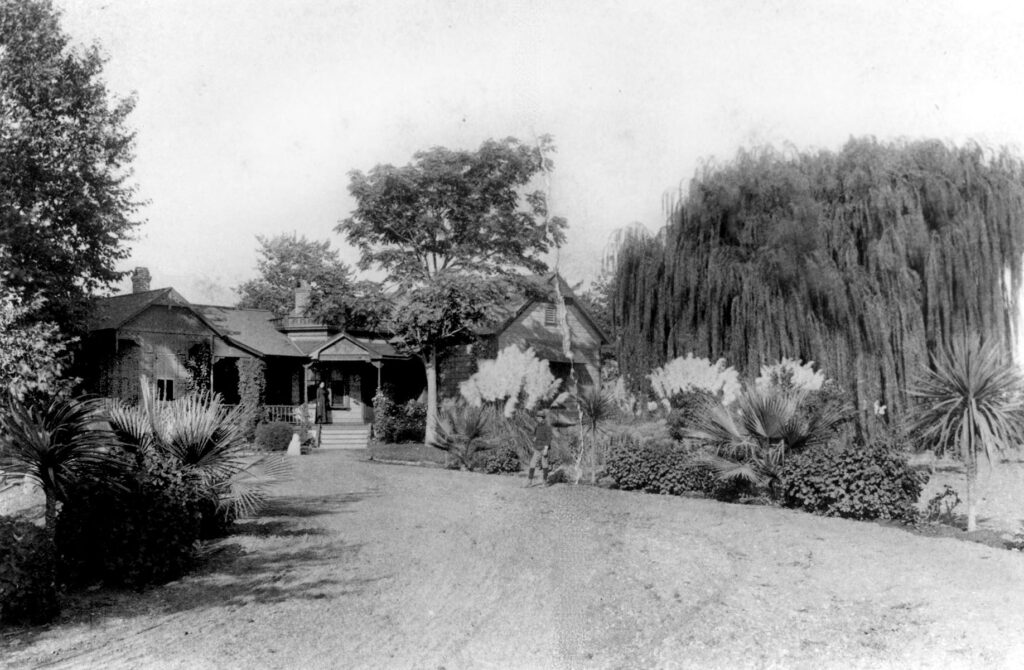
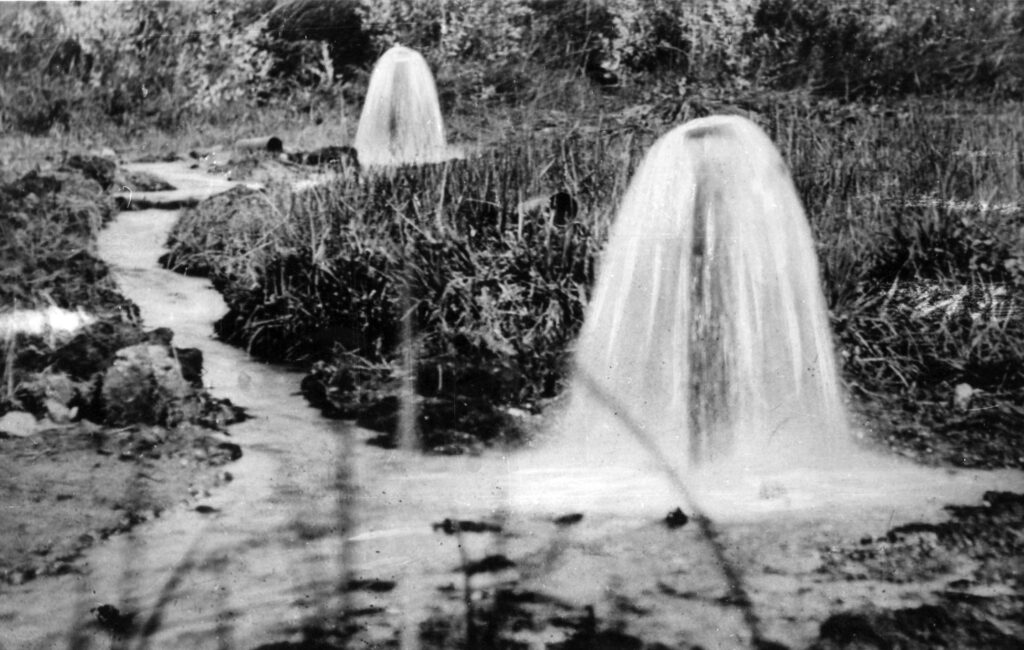
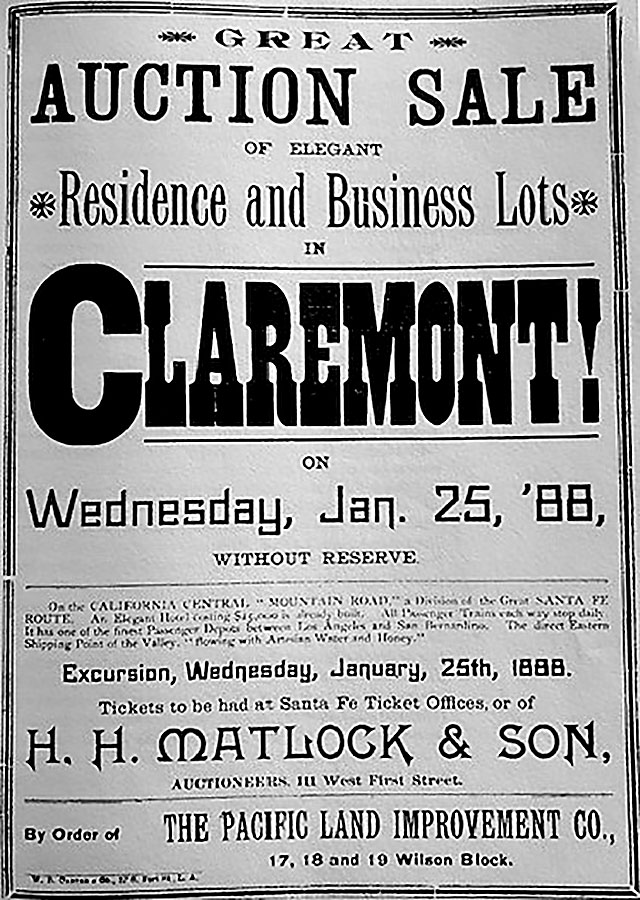
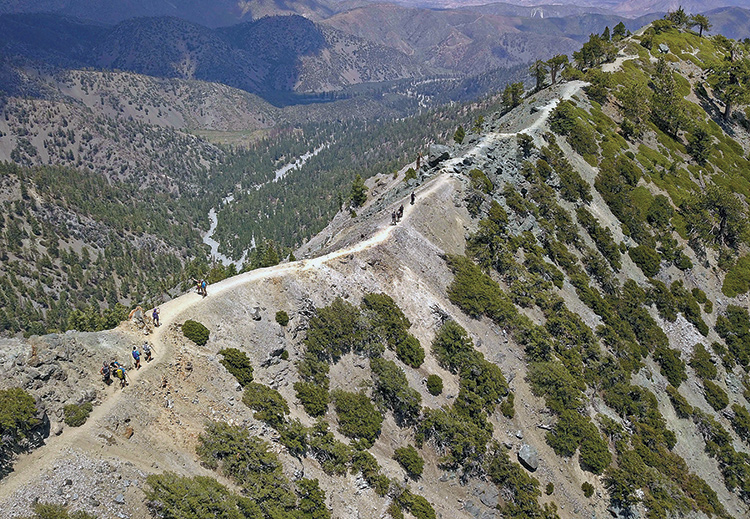
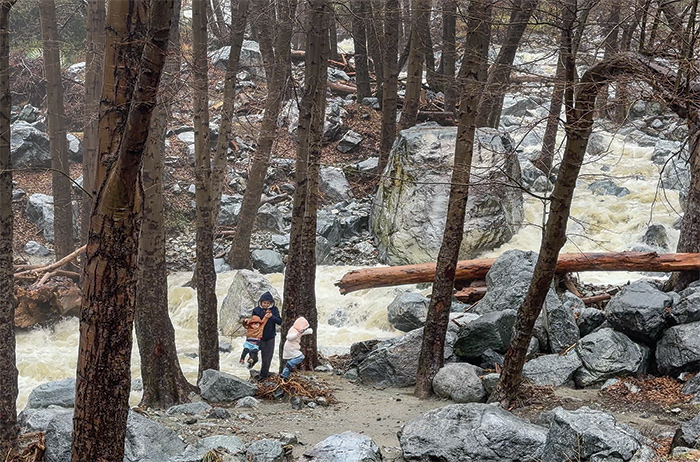





0 Comments